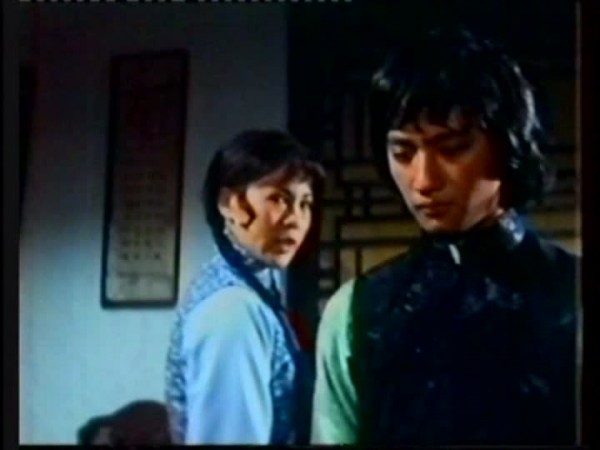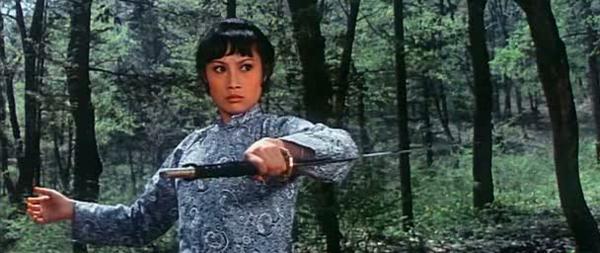Iron Swallow
aka 鐵燕 aka Tie Yan aka Shaolin Iron Eagle
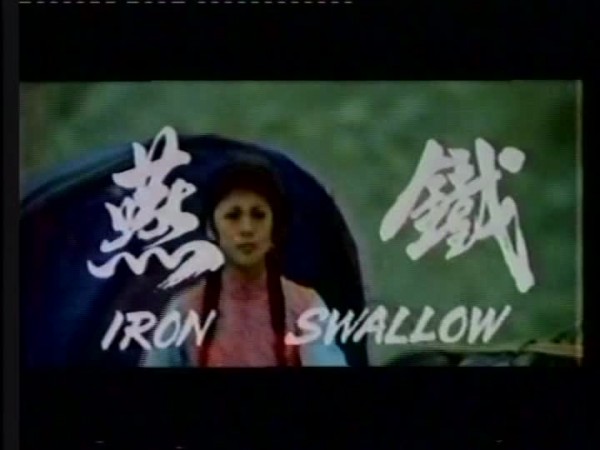
1978![]()
Story by Chu Yu
Directed by Cheung Pooi-Shing (as Chang Pay-Cherng)
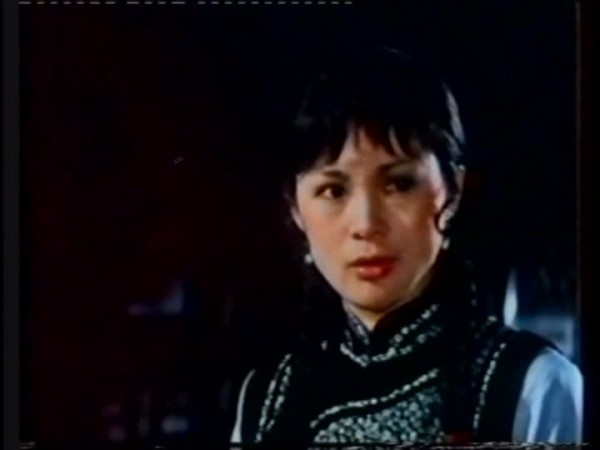
Revenge is a dish best served cold. That’s what some Klingon guy told me, anyway. Iron Swallow is basically a kung fu version of I Know What You Did Last Summer, except it’s a decade later and the children of the slain are the ones having revenge. Revenge is the topic of discussion, because it’s the topic everyone is talking about.
The elders did a horrible crime they refuse to talk about to anyone or even each other. It quickly becomes obvious that it involves rape, murder, and bribes to cover up their deeds. Many of them spent years worrying about the crimes, some throwing themselves into philanthropy out of guilt. None of the characters will call the authorities when attacked, because they don’t want to drag up their sordid histories. This leaves their younger relatives confused and frustrated, knowing something bad is happening and seeing their parents unwilling to do anything about it.
The revenge plot is so much the sole focus that there isn’t some of the usual kung fu tropes. No one seeks out a great master, there is no training montage. There isn’t a gallant knight hanging out in disguise to set things right. It is just pure revenge. The purity of the focus of Iron Swallow is welcome, sometimes films try to do too much and end up accomplishing nothing, while Iron Swallow does what it is supposed to do and does it well.
The problem with all these lovely dubbed kung fu features is it is impossible to get anyone’s name correct, so please excuse me if the character names I use don’t sound exactly like the ones you hear when you watch the film. There is rarely consensus on just how the characters’ names are said by the dubbers, changing depending on who is speaking or what accent the ex-pat in Hong Kong/Taiwan who is doing the part has. Occasionally, the dubbers pronounce the same name differently in two concurrent sentences. Thus, all references to Chia Ling’s character will just be Iron Swallow.
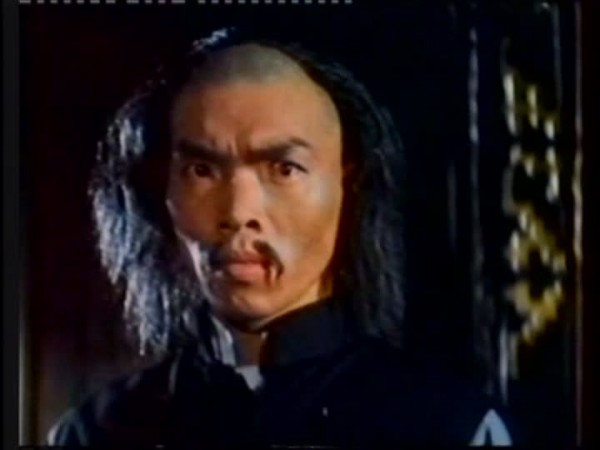

|




